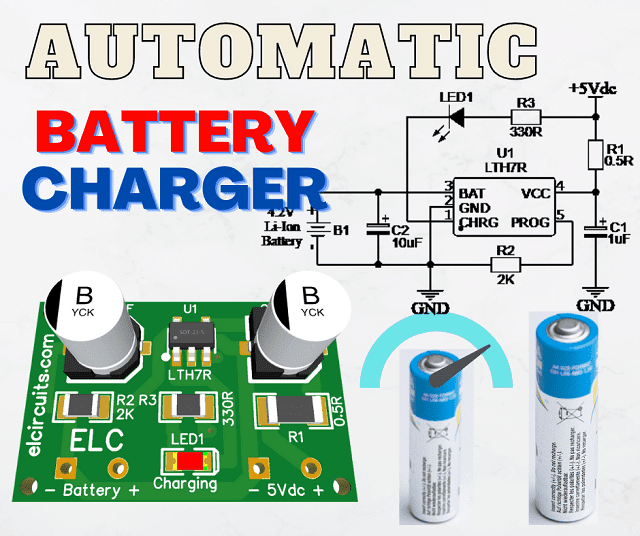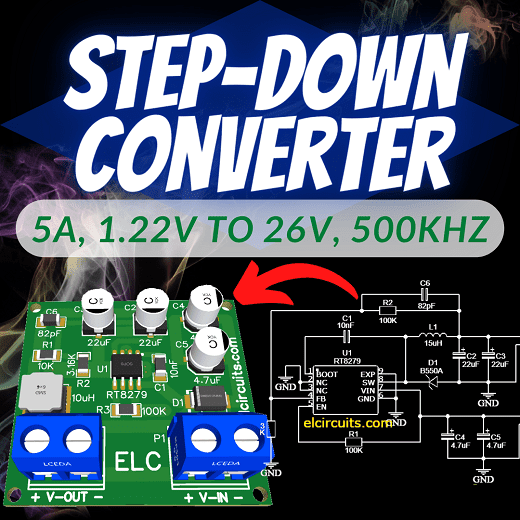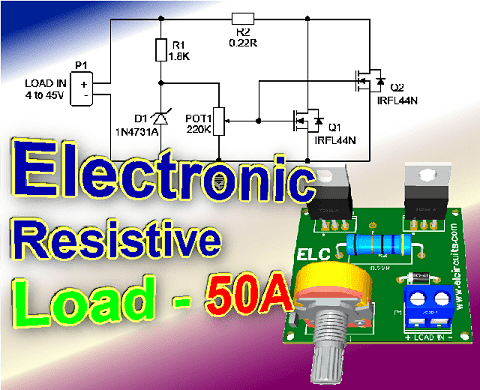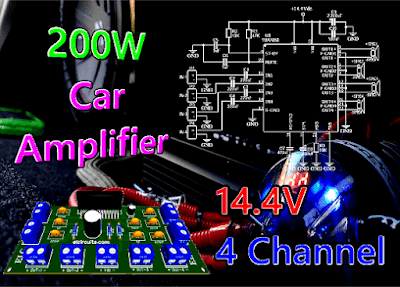Demystifying RJ45 Ethernet Cable Color Standards: T568A vs. T568B in EIA/TIA Standard
Back in the past, a few decades ago, there were no standard regulations for the wiring of structured networks in the IT industry.
The standards for these networks were decided upon by the companies or professionals responsible for installing the wired networks.
This lack of standardization made it difficult to maintain or modify the network structures of companies, especially when done by another company or professional.
To address this issue and with the increasing growth of technology and infrastructure for wired networks, the TIA/EIA standards were developed.
In 1991, the TIA/EIA, 568A and 568B standards were introduced by the Electronic Industries Association (EIA) and the Telecommunications Industry Association (TIA) to standardize the electrical and electronic connections of network cables and their connections.
The 568A standard was revised in 1994 to include Category 4 and Category 5 (UTP - Unshielded Twisted Pair) wiring, and in 2001 the EIA/TIA 568-B standard was published, covering a total of 10 different categories.
You may be interested in:
📖 T568A and T568B Categories
There are two different categories of TIA/EIA standards, commonly known as RJ45 Standard B and RJ45 Standard A, which are actually T568A and T568B.
These are termination standards used by Internet Providers, Backbone Infrastructure, Industrial Wiring Infrastructure, and also by small businesses and residential wiring.
However, the difference between these two categories is that the orange/white and green/white pairs, which correspond to pins 1 & 2, 3 & 6, are exchanged in the assembly of the cable, as illustrated in Figure 1 below.
 |
| Fig.1-Standard-Colors-Cable-Network-RJ45-T-568A-T-568B-Standard-EIA/TIA |
It is worth remembering that even with changes to the set of pairs, when the same standards are used at both ends of the cable, the results will be the same, with direct connections at their ends.
In Table 1 below, we have the configuration of the pins and their corresponding colors, following the two standards side by side for comparison.
📌 Sequential Table of Colors and Pinning Standard T-568A and T-568B
| Pin | T-568A | T-568B |
| 1 | White/Green | White/Orange |
| 2 | Green | Orange |
| 3 | White/Orange | White/Green |
| 4 | Blue | Blue |
| 5 | White/Blue | White/Blue |
| 6 | Orange | Green |
| 7 | White/Brown | White/Brown |
| 8 | Brown | Brown |
The T568A standard is the widely accepted standard because it is compatible with most wiring schemes and is what I recommend for most applications.
ℹ️ Crossover Cable
Crossover cables, use the T-568A and T-568B standards at each end as illustrated in Figure 2 below. These categories of cables are used when we need to, for example, connect two computers or laptops without using a router or switch.
 |
| Fig. 2 - Connection of Crossover Cable Standards T-568A and T-568B |
It is worth remembering that if you are still using older equipment, you should not connect crossover cables between the computer and a switch or router, as in some cases it can damage the equipment.
Now if you work with newer, more modern equipment, they use AUTO MDI/MDIX technology, which automatically identifies the connected interface and even if it is of the crossover type, there is no problem, as it automatically configures itself.
👋 I hope you enjoyed it!!!
If you have any questions, suggestions or corrections, please leave them in the comments and we will answer them soon.
🙏 Subscribe to our blog!!! Click here - elcircuits.com!!!
My Best Regards!!!
If you have any questions, suggestions or corrections, please leave them in the comments and we will answer them soon.
🙏 Subscribe to our blog!!! Click here - elcircuits.com!!!
My Best Regards!!!











































